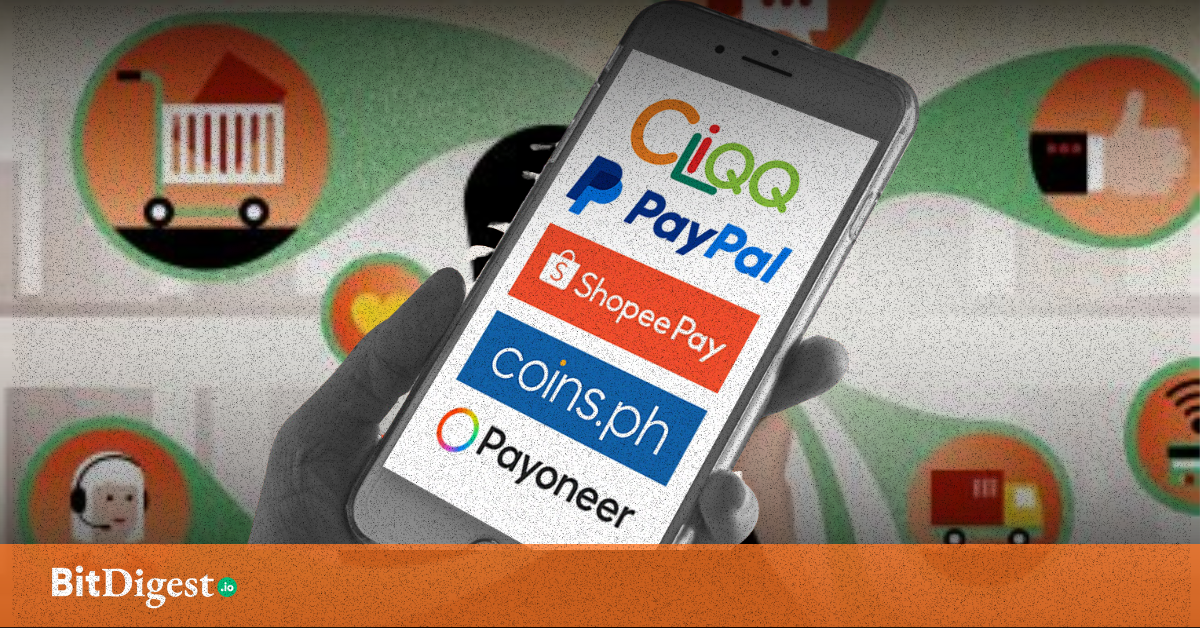Unlocking Liquidity Through Bifrost's Liquid Staking Tokens
Liquid Staking Tokens (LSTs) are the largest category in decentralized finance (DeFi), with approximately 26 billion dollars deposited as of November 2023. Staking involves locking up tokens in a protocol to support the network and earn additional tokens in return. LSTs are utility tokens issued when staking native cryptocurrency of proof-of-stake blockchains, such as Polkadot’s DOT, in dedicated protocols like Bifrost’s vDOT. These tokens are utilized within decentralized applications (dApps) in DeFi, such as:
- Participating in yield farming or liquidity mining programs
- Serving as collateral for borrowing or lending activities
- Providing liquidity in decentralized exchanges (DEXes) by supplying LSTs to liquidity pools.
- Acting as a medium of exchange within DeFi protocols for transactions.
These are just a few examples of the various purposes for which LSTs can be utilized within the DeFi ecosystem.
LSTs also provide the freedom to exit positions or trade with the market without waiting for long "unbonding" periods that many staking protocols have. However, LSTs come with inherent risks, including the potential loss of tokens if the protocol where they are staked is compromised. Another risk is fluctuations in the value of the LSTs compared to the underlying staked assets due to changes in supply and demand for LSTs, influenced by factors such as trading volumes, liquidity provider activity, market volatility, and market sentiment, which can cause fluctuations in the LSTs prices relative to the underlying staked assets.
Competitive edge of Bifrost's LSTs
Bifrost Finance is a leader in the decentralized finance (DeFi) space within the Polkadot ecosystem for its approach to LSTs. Operating on the Substrate framework, Bifrost enables users to participate in various DeFi protocols through LSTs while still retaining the benefits of simple cryptocurrency staking. This particular focus allowed it to be well-known even outside the Polkadot ecosystem, specifically its LST issuances of other blockchain protocols such as vETH, vFIL, and currently, vMANTA. Bifrost's LSTs stand for their distinctive advantages over competitors like Parallel and Acala:
- Flexible Unstaking Options: Bifrost offers unstaking periods ranging from immediate to 28 days.
- Stable Pool Liquidity: The platform ensures stable pool liquidity for vToken/Token pairs on Bifrost.
- User-Friendly Experience: Bifrost's interface and processes are designed to be user-friendly and accessible, free from the complexities and disadvantages of bot-dominated systems.
- Governance Rights Retention: Bifrost’s LSTs, particularly vDOT, have the ability to retain governance rights on the original chain. This feature, currently unique to Bifrost, allows vDOT holders to participate in Polkadot's OpenGov governance system.
In the near future, LSTs like vDOT are expected to continue playing a part in contributing to the growth of the DeFi space, unlocking new opportunities for accessibility, interoperability, and security within the ecosystem. LSTs grant users the ability to access more avenues to participate in DeFi through more complex financial products involving LSTs and other cryptocurrencies, interact with different blockchains made possible by LST providers like Bifrost that are multichain, and secure the network as demonstrated by Bifrost's vDOT. As LSTs evolve, it will be interesting to observe how they further develop beyond their current features, especially considering regulations coming into play.
.svg)

.svg) SHARE TO FACEBOOK
SHARE TO FACEBOOK SHARE TO TWITTER/X
SHARE TO TWITTER/X SHARE TO LINKEDIN
SHARE TO LINKEDIN SEND TO MAIL
SEND TO MAIL





.svg)


.svg)